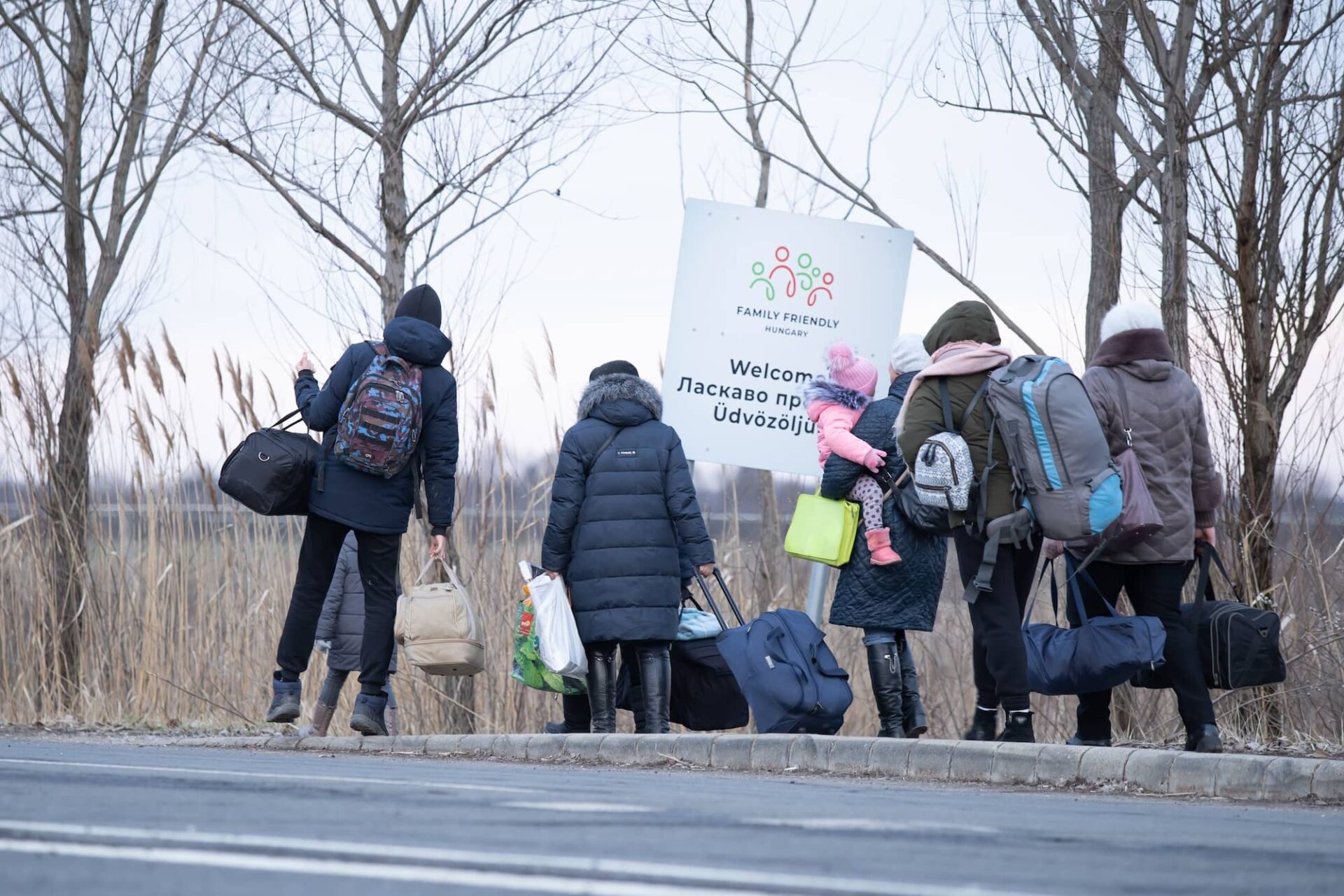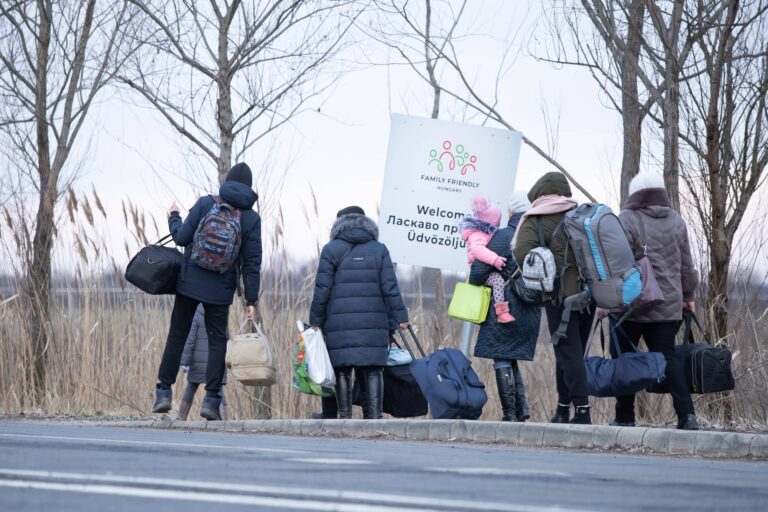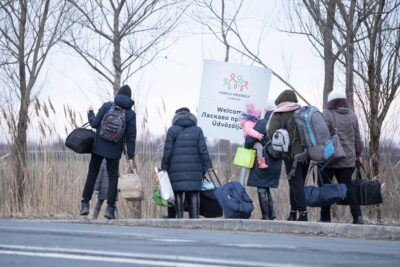Since last Thursday, more than 85,000 people have arrived in Hungary from Ukraine. By Monday, the first wave of refugees had reached the Hungarian capital.
At Nyugati railway station in Budapest, three desks are receiving people fleeing Ukraine: one for those headed to the airport, one for those planning to travel farther by train to Poland, and one for those who don’t have anywhere to go.
Municipalities at the border face challenges providing meaningful help, as local NGOs and religious organizations scramble to assist them. László Helmeczi, the mayor of Záhony, a town on the Hungarian side of the border, told Átlátszó on Friday that the town is providing transitory shelter to refugees at the local community centre. “We can take care of a couple hundred people with the resources available to the municipality,” he said.
Five border crossings are open on the Ukrainian-Hungarian border: Barabás, Beregsurány, Lónya, Tiszabecs, and Záhony. In Záhony and Beregsurány, reporters from Átlátszó witnessed groups of mainly women and children arriving.
On Friday, Átlátszó spoke to a Ukrainian mother arriving with her child in Záhony. Her parents, who live about 100 kilometres from the border, stayed in Ukraine. Her husband, who wants to defend his country, didn’t leave either. The woman is planning on staying with Hungarian acquaintances for the time being.
Hungary is now letting anyone cross its borders from Ukraine. But, as NGO Magyar Helsinki Bizottság has warned in a statement, the Hungarian infrastructure for providing shelter to refugees has seriously degraded in recent years.
So far, aid has been more improvised than organized. In Tarpa, a temporary shelter for citizens of third countries fleeing Ukraine is already at full capacity. On Monday morning, it was unclear where another one would be opened for them.
Hungarian reporter at Átlátszó, with 10+ years experience in doing investigative reporting for various Hungarian outlets. Based in Budapest.






